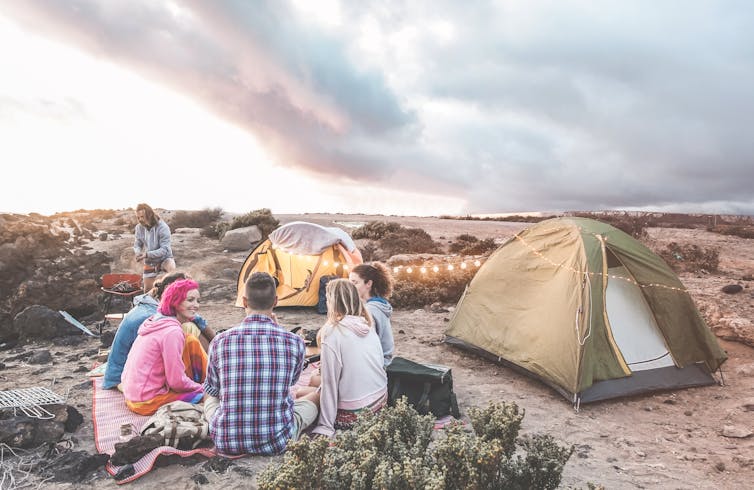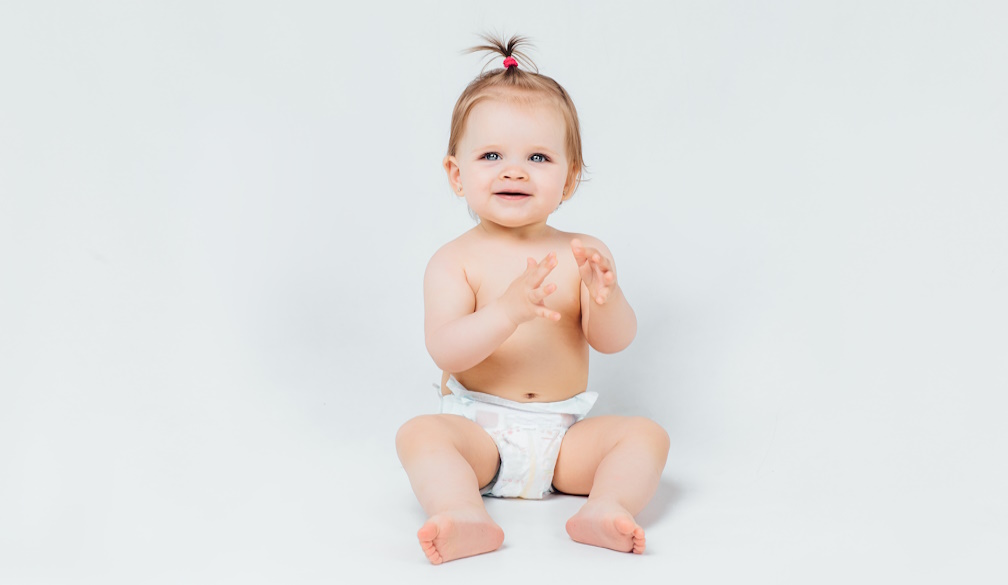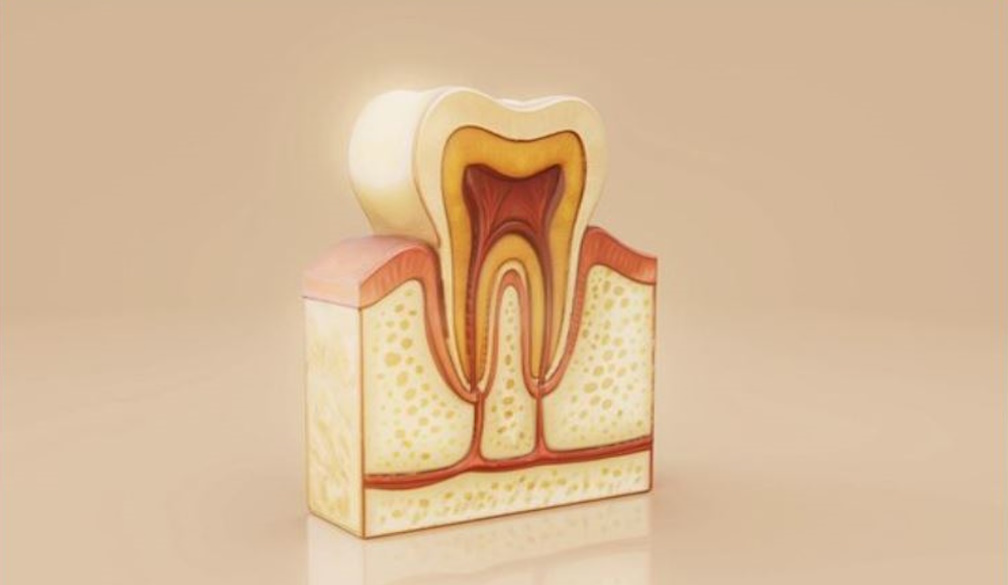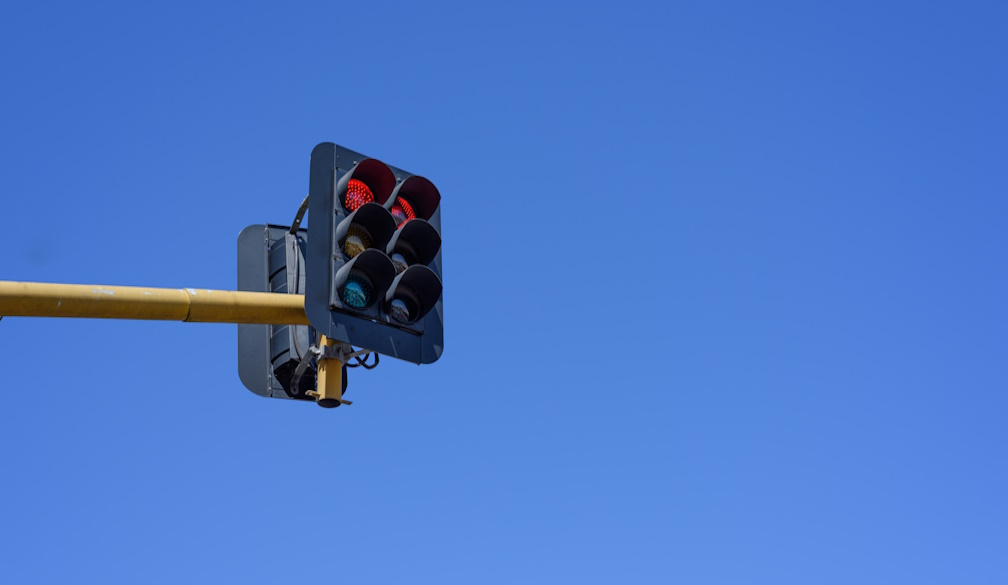Gender played a significant role in the 2022 election. Will it do the same in 2025?
- Written by Michelle Arrow, Professor of History, Macquarie University

Gender was an important factor in the 2022 election: it shaped the ways the major parties packaged their policies and their leaders. Three years later, as Australians grapple with an uncertain world and a cost-of-living crisis, how might gender shape the 2025 election result?
Ideas about gender have always shaped Australian politics, although male and female political alignments have shifted over time. For example, when Sir Robert Menzies established the Liberal Party in 1944, he crafted messages to appeal to women, in contrast with the Labor Party’s blue-collar masculinity.
By the 1970s and 1980s, as more women entered the workforce and pursued further education, they became more progressive in their voting habits. This trend is evident beyond Australia (for example in the US, and in Europe and Canada[1]).
How gender influenced the 2022 election
Women’s issues were decisive in the last federal election. The gendered impact of the COVID-19 pandemic, the emergence of Grace Tame as a fiery advocate for survivors of sexual abuse, and the Morrison government’s poor response to Brittany Higgins’ allegation of sexual assault enraged many women, who took the streets in the March for Justice in 2021.
The election was a contest of competing masculinities, between what political scientist Blair Williams[2] calls the “state daddy” (Anthony Albanese) and the “daggy dad” (Scott Morrison). Labor targeted women with messages about “care”, while the Coalition donned high-vis and continued to pursue young men who “might vote Labor”.
The (mostly) female community independents added another new gender dynamic. Highly competent professional women who were disaffected with the Liberal party, they ran on integrity, climate action and gender equality, and won some of the Coalition’s safest seats.
The gender gap in favour of Labor in the 2022 election was driven by younger voters (18-34 years) and a strong Greens vote. Women gave the Coalition their lowest ever level of support[3] at just 32%.
So what role might gender play in the 2025 election campaign?
First, the gender gap remains in place. Internal Liberal party polling suggests that many women have returned[4] to the party since 2022, but most polls suggest the gender gap in favour of Labor is still at least around 2%[5]. This gap is most pronounced among younger voters.
Second, while gender issues remain important, they are not electrifying political debate as they did in 2022. According to the latest Newspoll, neither Albanese or Dutton are especially appealing to women voters, who are shifting to the Greens[6]. However, young women (and a majority of young people) still prefer Albanese over Dutton[7].
This doesn’t mean gender issues won’t play a role, though. Dutton’s threat to curtail working from home (which women especially dislike[8]), and promises to cut public service jobs (and therefore services) might suggest that he has not yet learned the gender lessons from 2022.
Similarly, while Labor has delivered on its policy promises of improving wages in female-dominated industries[9], voter response to much of Labor’s first term has been tepid at best. However, Labor’s recent announcements on Medicare and bulk-billing will speak to women feeling the pinch of the cost of living crisis (according to one poll, middle aged women moved away from Labor [10] in 2024 because of this issue.)
Third, gender is now a fault line in international politics. The resurgence of Donald Trump and his brand of “strongman” masculinity, attacks on women’s and trans rights, online polarisation, and the rise of a “manosphere” spreading (often) misogynistic messages appears to be fuelling a growing divide between young men and women. The lobby group Advance is letterboxing Australian households with leaflets arguing Labor is “Weak, Woke,[and] Sending Us Broke[11]”. They clearly believe Trump-style campaign slogans will win over voters.
Gender polarisation was evident in the recent US election: Trump won young men[12] by 14 points, while Harris won young women[13] by 18 points, though many white women remained loyal to Trump.
Data from Essential[14] suggested that while many Australians regard the Trump administration with dismay, young men (aged 18-35) are the outliers.
These men are also the demographic group most supportive of Dutton’s performance as opposition leader. The 2022 Australian Co-operative Election Study[15] suggested that younger men were less receptive to gender equality. For example, while 70% of women agreed that “Australian society needs to do more to achieve equality between men and women”, only 51% of men agreed. Young men were by far the most hostile to this proposition, perhaps due in part to the polarised social climate of the post-#MeToo era.
Yet it is easy to overstate these gender differences: Intifar Chowdhury’s research[16] showed that while young women are shifting leftwards, so too are young men, though at a relatively slower rate.
A generation gap?
The 2025 election is the first where Gen Z and Millennial voters will outnumber Baby Boomers[17]. So while gender differences might determine voting, they will intersect with socioeconomic and generational issues.
While politicians argue over the best way to address the cost of living crisis, young people have grappled with that crisis on top of life-changing HECS-HELP debts[18], distress over climate change[19], and a rise in insecure work[20]. Home ownership, a pathway to prosperity for older generations, is out of reach for many Gen Z and Millennials: social researcher Rebecca Huntley found that more than 60% of Australians (and 75% of renters) believe the dream of home ownership[21] is dead for young people. Is it any wonder that young people might despair about their futures?
In response to this rather bleak picture, young women have consistently turned to progressive parties. Like their feminist forebears, these women are looking to the state for rights and protections, which has long been one of the hallmarks of Australian feminism.
Many young men appear to be more sceptical of such solutions. But it is important not to overstate gender differences at a time when generational differences seem more politically salient. It will be fascinating to see if young Australians can leverage their electoral clout to force the next parliament to meaningfully address intergenerational inequality.
References
- ^ Europe and Canada (journals.sagepub.com)
- ^ Blair Williams (journals.sagepub.com)
- ^ lowest ever level of support (www.abc.net.au)
- ^ women have returned (www.abc.net.au)
- ^ around 2% (www.theaustralian.com.au)
- ^ shifting to the Greens (www.theaustralian.com.au)
- ^ Albanese over Dutton (www.afr.com)
- ^ dislike (www.theguardian.com)
- ^ female-dominated industries (futurework.org.au)
- ^ moved away from Labor (www.afr.com)
- ^ Weak, Woke,[and] Sending Us Broke (www.advanceaustralia.org.au)
- ^ won young men (www.theguardian.com)
- ^ won young women (www.theguardian.com)
- ^ Essential (www.theguardian.com)
- ^ Australian Co-operative Election Study (www.crikey.com.au)
- ^ research (theconversation.com)
- ^ outnumber Baby Boomers (www.9news.com.au)
- ^ HECS-HELP debts (australiainstitute.org.au)
- ^ climate change (www.orygen.org.au)
- ^ insecure work (www.theguardian.com)
- ^ dream of home ownership (www.theguardian.com)













